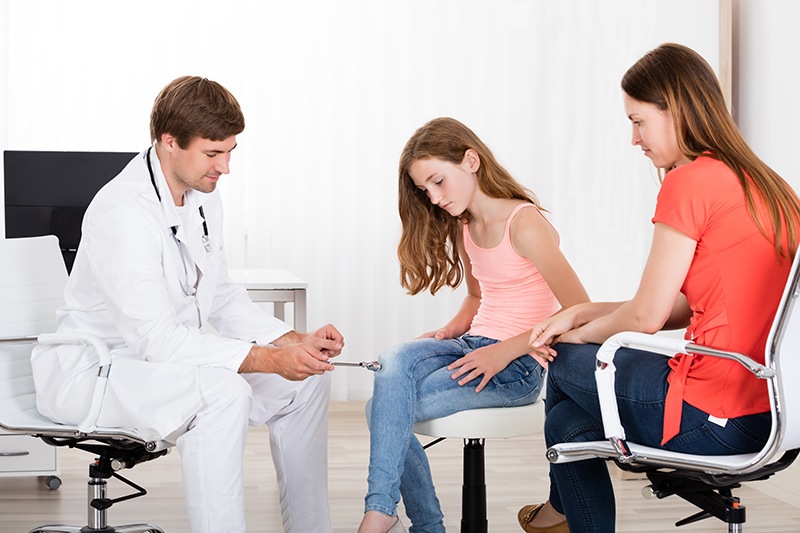
Back, shoulder, leg, foot, and ankle pain might be fairly common in adults, but the same can’t be said for children. If your child has been complaining of persistent pain or swelling, cannot fully use an arm or leg, or is developing a limp, you need to seek care sooner than later. Some of these symptoms are due to injury, while others are signifiers of broader issues that might need to be addressed further.
What Should I Be Looking for In My Child?
Leg-Length Discrepancy
Leg-Length Discrepancy, otherwise known as LLD, is very common and caused by several different issues such as:
- Injury to the growth plate
- Infection or injury that slows the growth of one leg bone
- Overgrowth following a break or fracture as it heals
- Birth Defect
- Polio or other conditions that affect muscles and nerves
Typically, LLD is diagnosed after a healthcare professional has carefully examined the child, measuring each leg to see if they are actually different lengths. Sometimes a dislocated joint or other issues, like scoliosis, can make legs appear to be different lengths when they actually aren’t. If LLD is confirmed, there are several different treatment methods to discuss. The cause of the LLD will usually dictate the type of treatment given.
Scoliosis
One of the most common orthopedic issues facing your child is scoliosis. There are several types of scoliosis, but the most common is known as idiopathic scoliosis. It is most common in children starting at the age of 10 until they stop growing. Scoliosis causes an abnormal “S” or “C” shape to occur in the spine. Other symptoms include having a tiled, uneven look to the shoulders or having one hip being higher than the other.
X-rays are done to confirm the diagnosis and assess how severe their scoliosis really is. If your child has a curve less than 25 degrees, simply monitoring the situation should suffice. If the curve is greater than 25 degrees but less than 45, bracing will be the most likely solution. If the curve is greater than 45 degrees or bracing has failed to fix the situation, surgery will be recommended.
Worried About Something You See in Your Child? Contact Us!
It’s never easy to see your child in discomfort. If you think they are experiencing and issue or if they have been vocal about something that has been persisting for more than a couple of days, you should contact us today. The Orthopedic Center of Palm Beach County has your family’s back. Give us a call at 561-967-6500 or visit our website for more information about how we can help everyone in your family stand tall.





